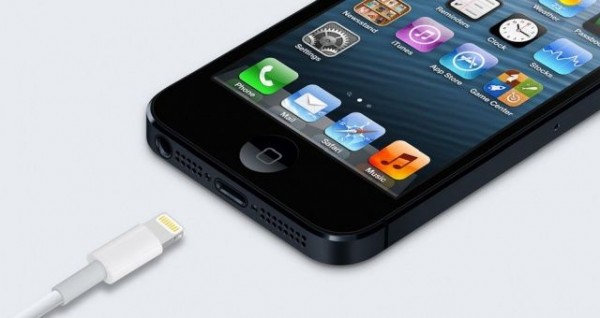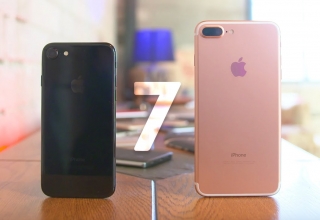With the release of the iPhone 5, Apple completely changed their dock connector. The new “Lightning connector” is small, and has a completely different set of pins. The crazy part is, these pins can reassign themselves to perform different tasks.
Rainer Brockerhoff has recently been diagnosing the Lightning connector and doing a bit of reverse engineering. He’s discovered just how amazing this little connector can be:
- All 8 pins are used for signals, and all or most can be switched to be used for power.
- At least one (probably at most two) of the pins is used for detecting what sort of plug is plugged in.
- The device watches for a momentary short on all pins (by the leading edge of the plug) to detect plug insertion/removal.
- The pins on the plug are deactivated until after the plug is fully inserted, when a wake-up signal on one of the pins cues the chip inside the plug. This avoids any shorting hazard while the plug isn’t inside the connector.
- The controller/driver chip tells the device what type it is, and for cases like the Lightning-to-USB cable whether a charger (that sends power) or a device (that needs power) is on the other end.
- The device can then switch the other pins between the SoC’s data lines or the power circuitry, as needed in each case.
- Once everything is properly set up, the controller/driver chip gets digital signals from the SoC and converts them – via serial/parallel, ADC/DAC, differential drivers or whatever – to whatever is needed by the interface on the other end of the adapter or cable. It could even re-encode these signals to some other format to use fewer wires, gain noise-immunity or whatever, and re-decode them on the other end; it’s all flexible. It could even convert to optical.
It’s pretty amazing how Apple has designed the new connector to work. The benefits here far outweigh our loss of the 30-pin connector. Soon enough, every Apple device will be equip with a Lightning connector. Check out the rest of the article on Brockerhoff’s blog using the link below.
Source: Brockerhoff via Cult of Mac






